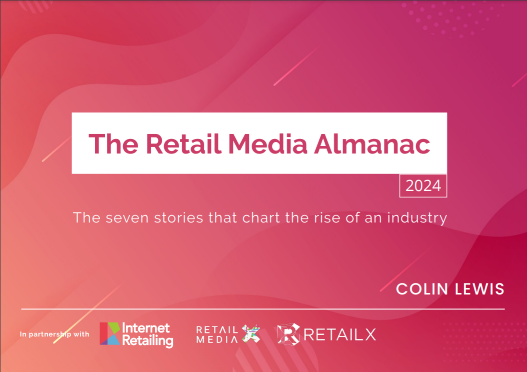Mobile payments has long been the doyen of the mobile industry: it always seemed to have the most natural fit into the retail sector allowing for instant access and, more to the point, instant purchase.
But with all things mobile the hype and the reality are often very far apart. As our top two stories this week reveal, there is quite a disparity between claims that, if you ask the payments sector, nearly half of all online payments now come from a mobile and that, if you ask consumers, they aren’t keen on paying with a mobile.
The disparity comes from the fact that two different questions are in play. The fact that 47% of UK online payments come from a mobile device shows not that consumers are into mobile payments, but that online retailing tends to increasingly be done on mobile devices. The second survey shows that turning your mobile into a payment tool akin to a card or wallet is not so popular.
Does this matter? I think no. I believe that the former will lead to a reversal of the latter. The more we start to buy things using online payment tools on our mobile devices the more comfortable we are with paying from the mobile. It then becomes a short step to paying from to paying with.
The impact this transformation will have, however, will be felt by the payments industry. Currently we see Apple offering Apple Pay as an app to connect your bank account to the phone to pay contactlessly in a store. Samsung does something similar. These are red herrings. These are not mobile payments – well they are by dint of using the mobile device – but they are, to my mind, the mobilisation of existing payments technology, namely card payments.
Mobile payments – and how mobile payments will reshape the world of banking and retail – is going to revolve around how the payment gets hidden in the process: this is where mobile payments really has power.
It is already starting to happen. Uber and Hailo, two taxi related apps, both bury the payment part of the purchase in the ordering process. Starbucks is getting there with check in via social media and its loyalty app is on the path. This is how many retailers will start to have to think about payments.
The use of payments within apps and m-websites on devices essentially being used for e-commerce is another early step towards this. It doesn’t take a genius to move the idea of shopping and paying on the device remotely to doing it in store as well is a small one.
This is a small but revolutionary one. It is a move that can transform how stores work. I mean, Apple Pay isn’t going to change how we shop now is it? I will still have to queue up and have the same old awful experience. Mobile payments could change this.
And it needs to. Unless mobile payments can offer something really radically better than what we already have then it won’t take off. Time to rethink not only what mobile payments can deliver but also how we want people to shop.








